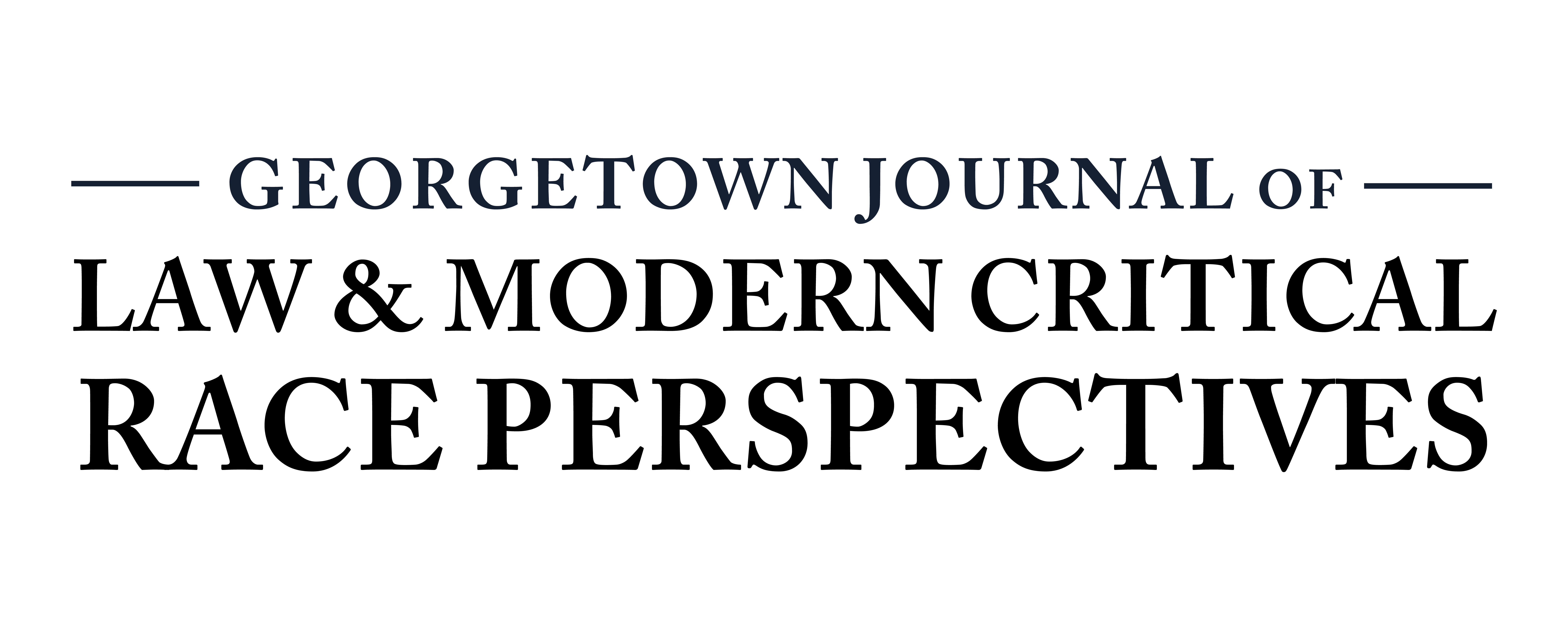The History of the Black-Indian Alliance
Alliances are not permanent. They change with time and evolve with political circumstance and social need. The discussions and ideas they produce can seem transformative in one era but may be forgotten by the next.
This is what happened to the Black-Indian alliance of the early- and mid-twentieth centuries. It is, largely, a forgotten story in American and world history: an inspiring story of Black civil rights leaders in the United States and Indian independence leaders corresponding, strategizing, and supporting one another in their freedom struggles. They saw, in their respective conflicts, a common oppression: white- supremacist colonialism, manifested in the United States by Jim Crow and in Indi by the British Raj.
United by this common struggle, figures like W.E.B. Du Bois, Lala Lajpat Rai, Marcus Garvey, Jawaharlal Nehru, and many others spent decades cultivating and advancing a radical notion of transnational unity between “colored people.” Together they created a powerful intellectual force that significantly shaped their respective successful struggles for freedom.
But the alliance has withered since the 1960s. By that time both Black and Indian leaders had, apparently, won their freedom battles: Jim Crow and British colonialism had been defeated. After those victories came new struggles, ones less easily defned,
and subsequently the alliance, once rich and transformative, faded. What were the reasons for the rise and fall of this alliance? How did it shape and advance its participants’ fights for freedom? And could this alliance still have relevance today—is there the potential for it to provide new power, new momentum to the racial struggles of contemporary America?
These are the questions this paper attempts to answer. It seeks to shine a light on a radical alliance that today receives little to no attention, between two communities that most people do not associate with each other. It wonders if the past could be a guide to the future, and whether the United States’ greatest freedom fighters, African-Americans, and one of the fastest-growing groups of a rapidly diversifying America, Indian-Americans, ought to fashion a new alliance for the future of civil rights in the United States, based on the one forged by their forebearers.

